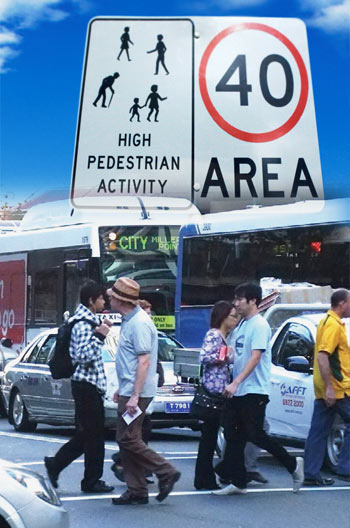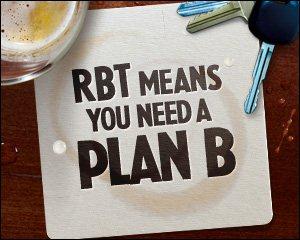The dangers of distraction
Driving is a complex task. Anything that takes your mind or eyes off the road, or your hands off the wheel, not only compromises your safety, but that of everyone else on the road.
Make sure you know the rules about mobile phone use when driving and watch our animated video.
Mobile phone detection cameras operate across NSW targeting illegal phone use. The program includes both fixed and transportable trailer-mounted cameras. Along with regular enforcement operations by NSW Police, these cameras target illegal mobile phone use anywhere, anytime.
Being distracted increases your chances of having a crash. It slows down your reaction times and puts you in danger of failing to see hazards such as traffic lights, stop signs or other road users, including pedestrians and bicycle riders. Avoid the temptation of using your mobile phone illegally while driving:
- Use a mobile phone cradle fitted in your vehicle
- Get Bluetooth set up or installed in your vehicle
- Get a passenger to answer your messages/calls
- Put your phone on silent
- Activate the ‘Do not disturb while driving’ function on your phone (e.g. Apple iOS or Android)
- Tell others not to call or text you when you’re driving
- Divert your calls to voicemail
- Pull over when and where it’s safe and legal to do so



